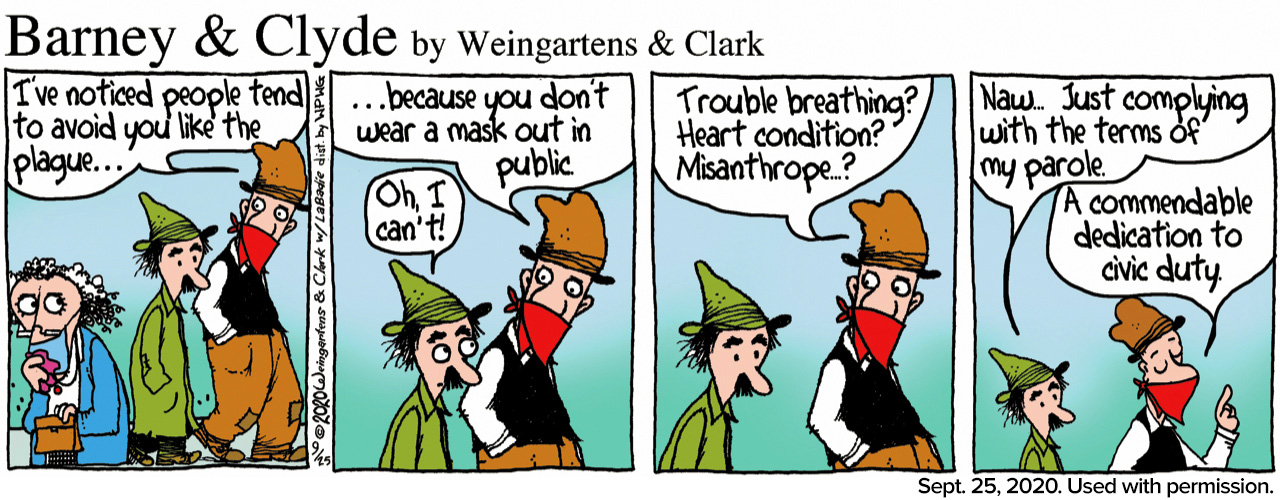It is April 2021. There is still a pandemic raging, and hopefully you’re wearing a mask when in a store or in a crowd—no matter how over it you are. It’s the responsible thing to do.
But is it necessary for an illustration to be equally responsible?
The April issue of South Carolina Living, a magazine I design, has a cover story about the resurgence of pinball in Columbia, S.C. Keith Phillips, the editor, assigned a photographer to digitally capture properly-masked pinball parlor patrons at play in four locations.

Showing a masked person who isn’t Zorro or Batman on the cover isn’t especially engaging, but I comped up some options. None were quite right, though, and Keith debated sending the photographer out again. Originally he had entertained using an illustrator, an idea which I now fully embraced. Money for another photographer foray could instead be put toward an illustration and we’d get just what we wanted, plus an added advantage:
As I wrote Keith, “Biggest benefit of an illustration is there’s a practical reason to show a face with no mask . . . It’s not reality!” I think it would have been irresponsible to feature unmasked patrons if we’d shown a specific Columbia arcade during pandemic conditions. But the final illustration—a terrific piece by Thomas Haller Buchanan—depicts imaginary people in a generic location at a non-specific time.
One group of illustrators who’ve had to face the masking question head on, so to speak, is cartoonists. As a reader of the Washington Post’s comics pages, I noticed cartoonists grappling with the dilemma of drawing their characters with or without masks. As the pandemic grew, so did wearing masks in the strips. Should cartoons have to reflect reality?
Jef Mallett’s “Frazz” skipped the masks from the beginning, but broke the fourth wall in its April 27, 2020 strip with Frazz stating, “to mirror the real world, our own has to take some liberties.” For months, “Dilbert,” by Scott Adams, showed characters wearing masks when in the office, but faces suddenly became unmasked without comment toward the end of last October.

David Clark, illustrator and sometimes writer of “Barney & Clyde,” says, “I was always in the camp of not having masks, mainly because I’d be giving up facial expressions—a lot of my form of communicating the scene. But we are a current event-type comic and the current event could not be ignored … so when it was relevant to the gang the masks were on. Artistic license all the other times. Although I did try and keep the characters at a distance from each other, for instance adding another park bench at times. It did get dicey for awhile . . . very thankful the issue is fading.”
In the comics, the unmasking has begun. That’s okay because they are just illustrations. Please, let it be soon when we can all safely do so, too. —Sharri Wolfgang